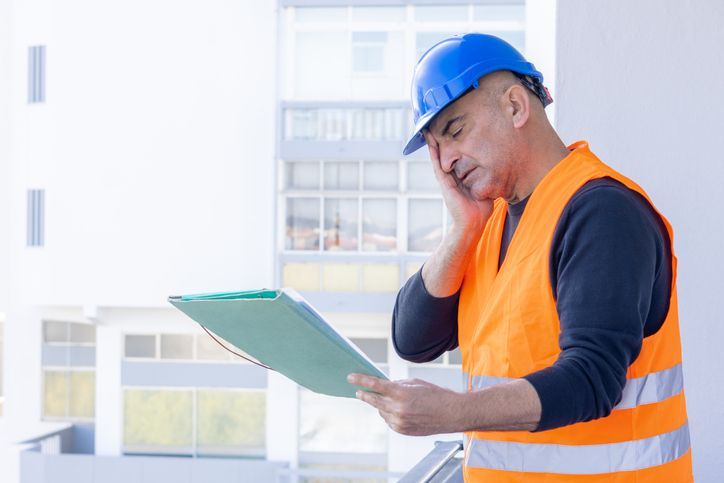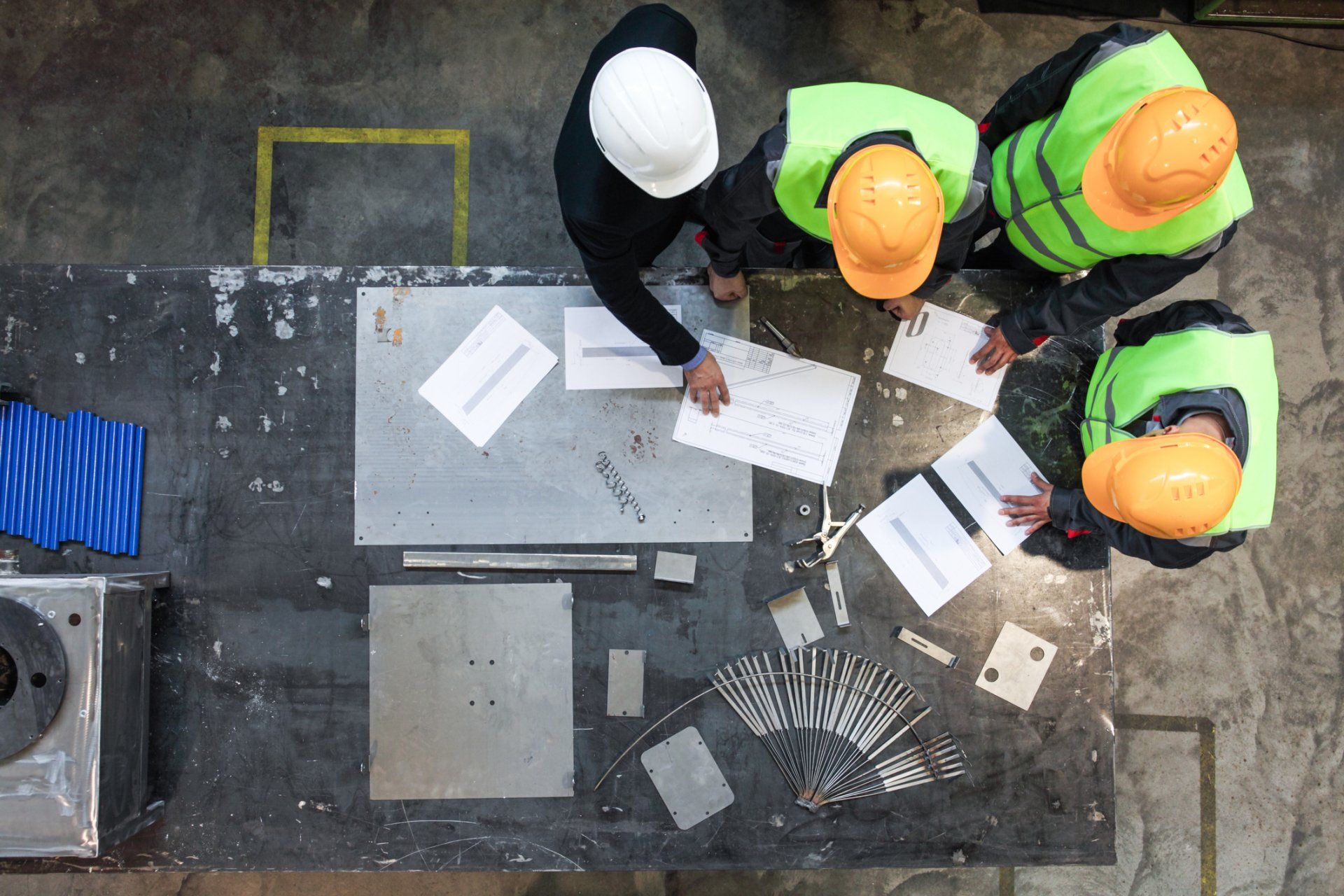IS MY HOUSE SAFE AFTER SOMEONE USED METH IN IT?

Methamphetamine (meth) exposure to a home or office will leave behind a host of chemicals in the walls, floors, carpeting and ceilings. This dangerous residue consists of mercury, lead, lithium and iodine and even meth itself. These are all highly poisonous substances to humans, especially young children and older adults. Exposure to the slightest amounts of these substances can result in damage to the central nervous system, liver and blood production. The health hazards from meth contamination exposure are innumerable.
If you suspect meth has been used in your home or office, you should have the property tested immediately. A home meth lab can cause a great deal of damage to a commercial or residential property. Detection can be difficult because residue from meth may be invisible. Having a property analyzed and assessed is imperative when exposure may have occurred.
In Arkansas as well as other states, meth lab contamination removal must be done by a certified contractor with experience in the process of cleaning properties that have had exposure to meth. SEA is an industry leader in the process of cleaning properties that have been exposed to hazardous chemicals. They have successfully cleaned thousands of properties that have been exposed to meth.
There are many myths that can be dispelled about the detection of meth exposure.
Common Myths Associated With Meth Contamination Detection
“You can tell there is meth exposure by the smell.”
This is an terrible method of detecting meth manufacturing. If you can smell it you are exposing yourself to the dangers. Current methods of manufacturing meth produce various odors during production; however, after a short time, there may be little or no odor at all. Never think that a smell is a reasonable indication of exposure; it’s unreliable.
“Just smoking meth is not a problem.”
Nothing could be further from the truth. Repeated smoking of meth in a home will leave dangerous levels of hazardous chemical residue that can cause serious health problems.
“High-end neighborhoods are safe.”
This is untrue. Many meth labs have been found in million dollar neighborhoods.
It is advisable to have your property tested when you suspect it has been exposed to meth chemicals. SEA can effectively handle the testing and the meth clean-up process to remedy air quality problems caused by meth. Below is a sampling of a typical meth lab contamination removal process. SEA, Inc. meth lab contamination removal
For more on SEA’s testing and clean-up process, please download our informational booklet here (PDF) or click the image to the right. In it you will learn the answers to the questions below, and many more!
What are some signs that a property is being used as a meth lab?
What is decontamination?
Who is responsible for cleaning up the property?
How is a property cleaned up?
How long will it take to get the property cleaned up?
What health risks are associated with the property?
How can I find out if a property was used as a meth lab?
If you suspect your home or office has been contaminated by meth, contact SEA Inc. You can contact us here, or you can call us 24 hours a day, seven days a week at 888-374-3442.

f you think PFAS regulation is someone else’s problem, think again. The regulatory environment around per- and polyfluoroalkyl substances is shifting rapidly, and safety, environmental, and operations teams are squarely in the crosshairs. Rather than scrambling when the deadlines arrive, your best strategy is to act early.

Halloween might be the season for ghost stories and haunted houses, but for safety and environmental professionals, the real nightmares happen at work. From unseen hazards to data disasters, these frights are all too real. At SEA, we help EHS managers conquer their fears — and their risks — with smart, proactive solutions that turn horror stories into success stories.

Every year, OSHA releases its list of the most frequently cited workplace safety standards. While the names change little from year to year, the numbers tell a story: employers continue to struggle with the same hazards—falls, hazardous chemicals, and machine safety. Understanding these violations is the first step in preventing costly citations and protecting workers.
